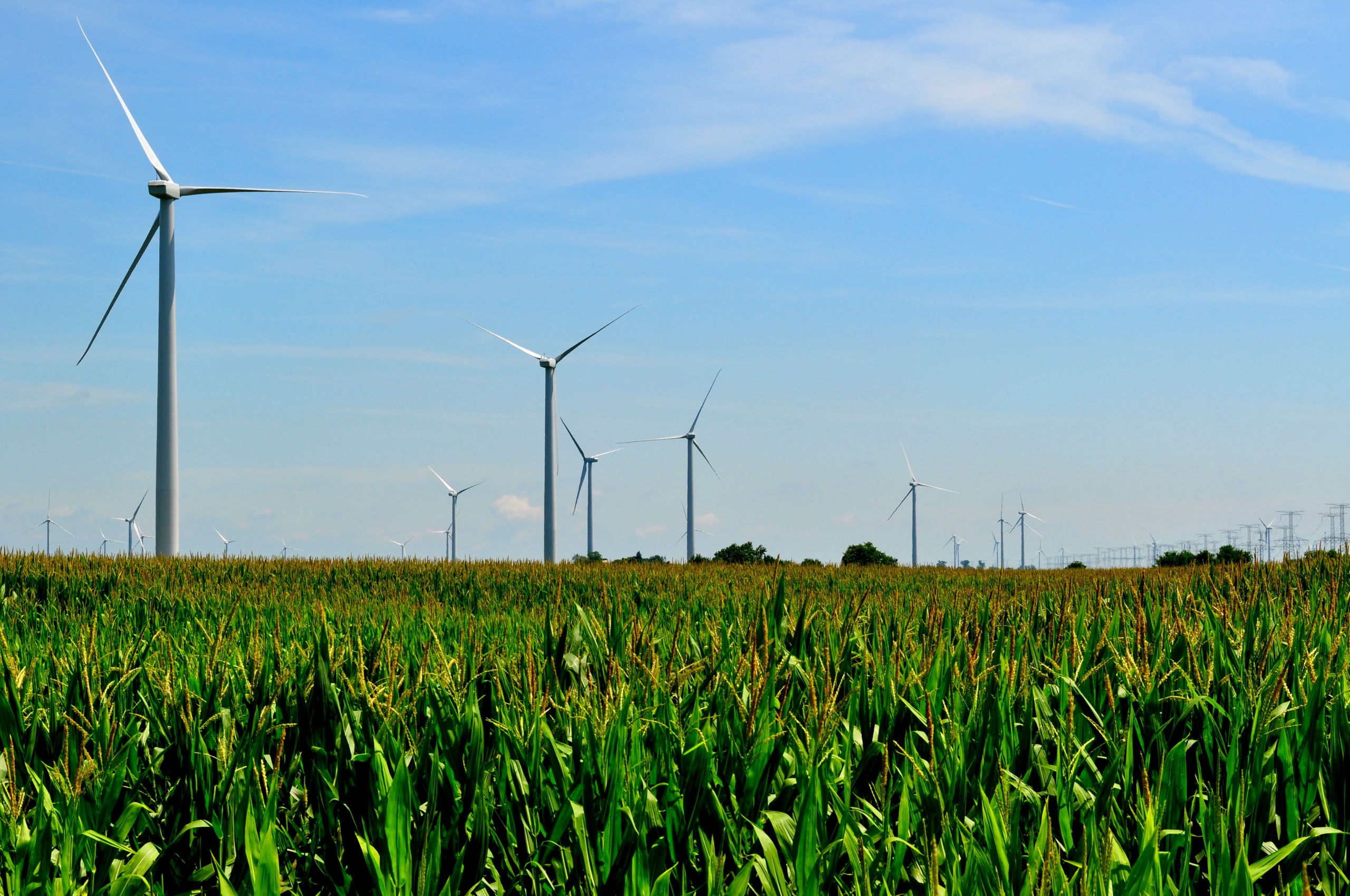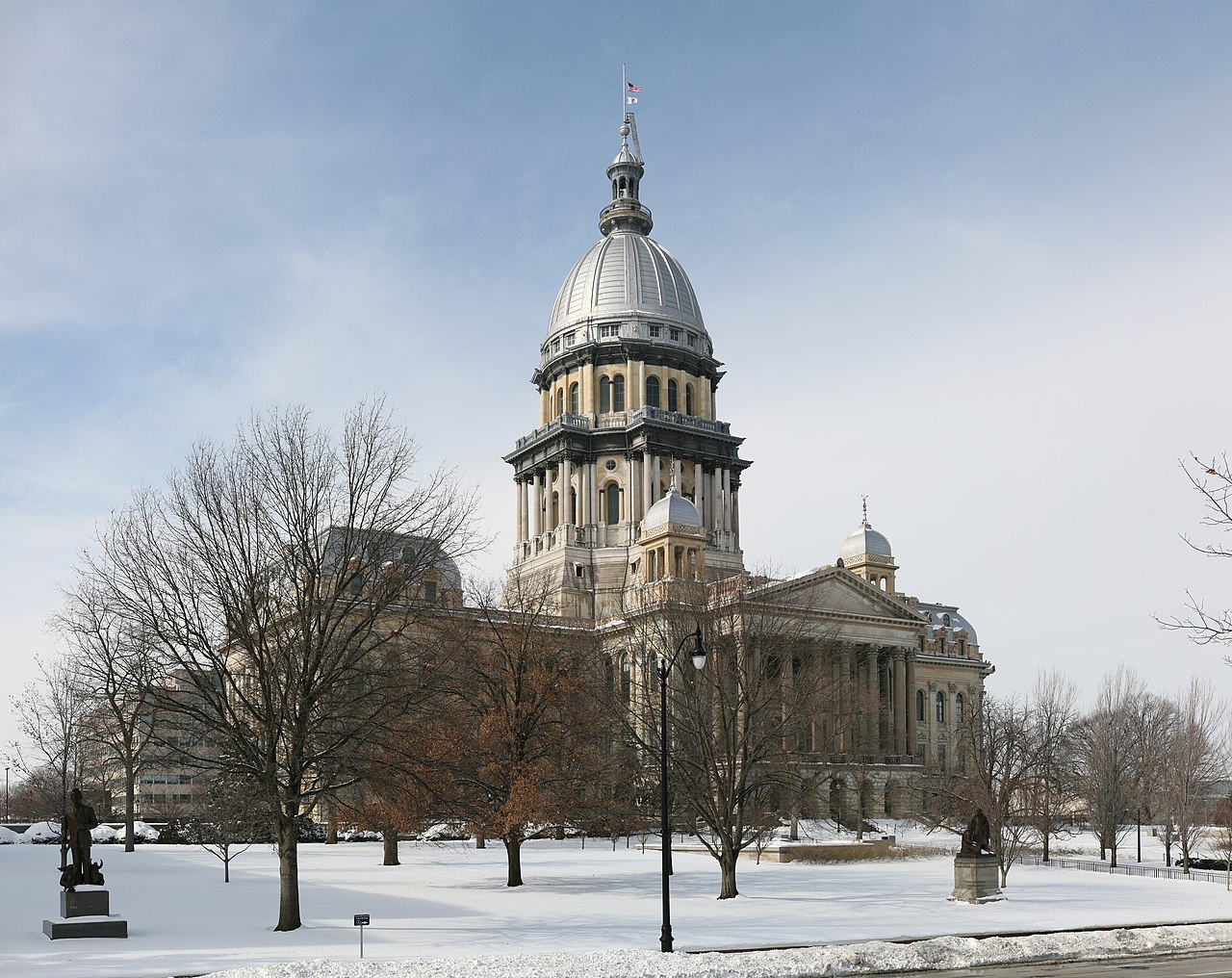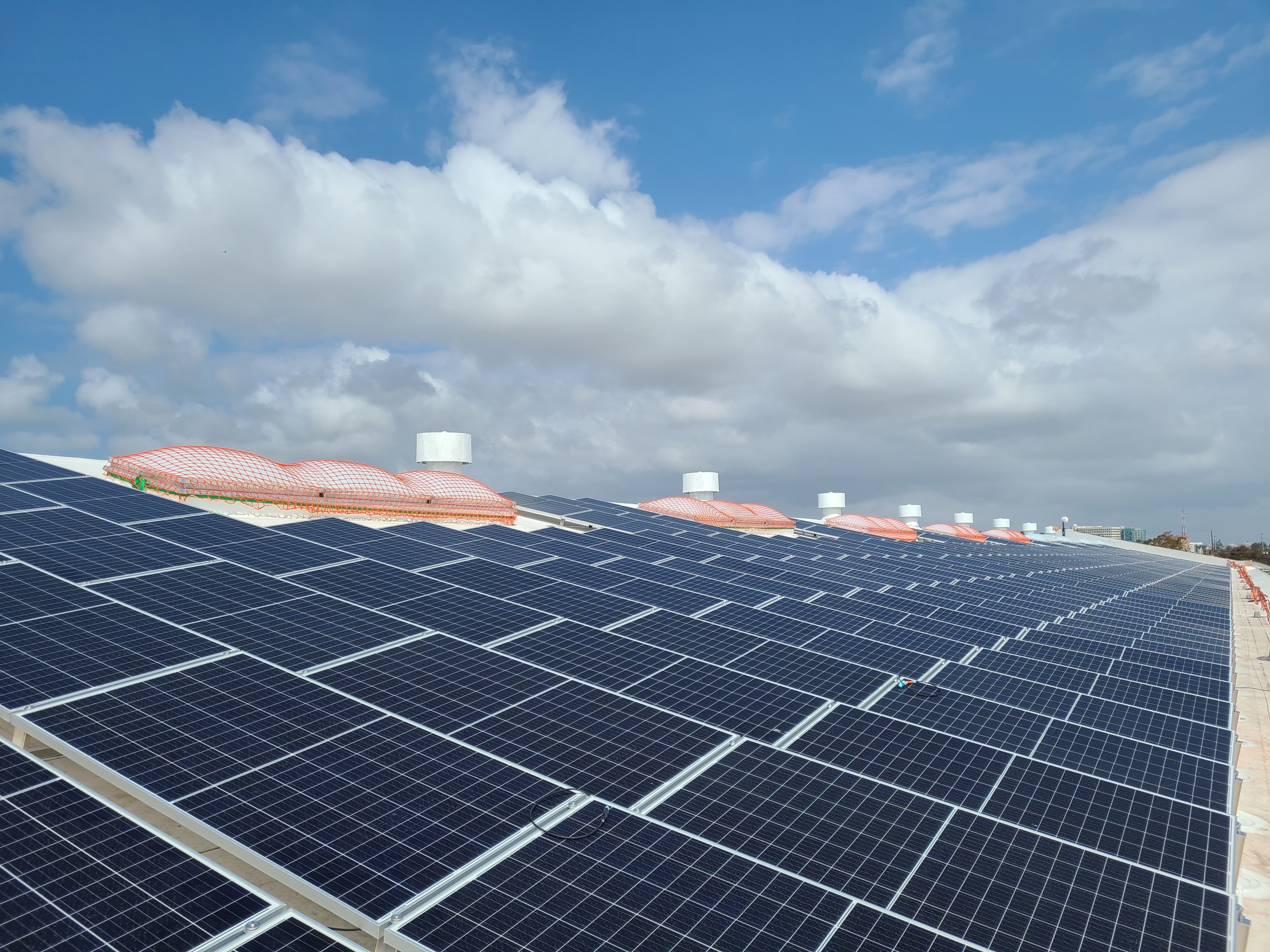When it comes to clean energy, don’t sleep on the states
While national energy talks drag on, state legislatures across the country are leading on renewables

In the halls of the U.S. federal government, things tend to move at a painstakingly slow pace. Programs to hasten our transition to clean and renewable energy are no exception. After years of failed “Infrastructure Weeks” and months of debate, the U.S. Senate finally passed a major bipartisan infrastructure package earlier this month that includes significant funding for clean transportation and power infrastructure.
As the bill heads next to the House of Representatives, the national debate on how to build a clean energy future is very much still ongoing. For example, nearly 200 house members have called for including clean energy tax incentives in a final infrastructure package, which did not make it into the version passed by the Senate. Elected officials and renewable energy advocates have been calling for the extension and expansion of these crucial programs for years, but those calls have been met with little progress to date.
While these deliberations drag on at the national level, state legislatures from coast to coast are quietly continuing to make progress at a much snappier pace. Our new roundup highlighting state legislative action on energy issues shows the extent to which states are leading the way — in part thanks to the advocacy of our network of state-based environmental organizations and members. “The United States of Clean Energy, Summer 2021” summarizes clean energy progress and commitments made in spring and summer state legislative sessions across the country. Here are just a few top highlights:
-
Oregon goes 100 percent: Oregon Gov. Kate Brown signed a bill into law committing to 100 percent clean power for state customers by 2040. Oregon is now the eighth state with a legislative commitment to 100 percent clean or renewable electricity. Not only that, but, with it’s 2040 timeline, the Beaver State also ties New York as the national pace-setter for the fastest timeline in the country to reach this goal.
-
Maine, Massachusetts and New Jersey are going big on offshore wind: Maine’s state legislature kickstarted the development of the Gulf of Maine Floating Offshore Wind Research Array. This research array will help move toward tapping its immense offshore wind potential. Nearby, New Jersey passed a bill that will help ensure offshore wind and related transmission projects are able to move forward in a timely manner. The New Jersey Board of Public Utilities also voted to greenlight 2,658 megawatts (MW) of new offshore wind capacity off the Jersey Shore. That’s enough energy to power more than 1 million New Jersey homes. And, as part of its climate bill, Massachusetts bumped up its commitment to offshore wind power by an additional 2,400 MW to 5,600 MW by 2027, or enough to power roughly 2.8 million homes.
“Block Island offshore wind farm” (off the Rhode Island Coast), by Ionna22, CC BY-SA 4.0, via Wikimedia Commons.
-
Five states pass appliance efficiency standards: Massachusetts, Oregon, Nevada, Rhode Island and Maine passed strengthened appliance efficiency standards. These requirements will reduce energy and waste as well as greenhouse gas emissions while saving customers money on their utility bills.
For more examples of progress on clean and renewable energy from the states, check out “The United States of Clean Energy, Summer 2021.”
Cover image: “Illinois Wind Farm,” by Tom Shockey via Flickr, CC BY 2.0.
Topics
Authors
Emma Searson
Find Out More

Our 2024 priorities in the states

Celebrating new protections taking effect in 2024

A look back at what our unique network accomplished in 2023

